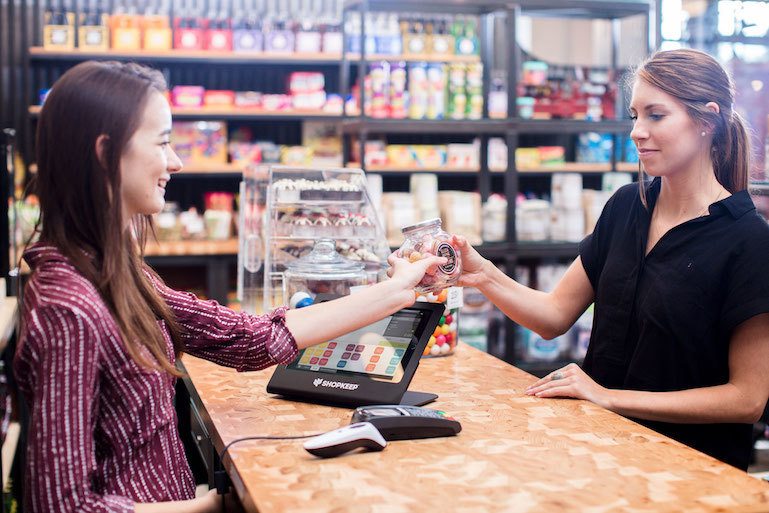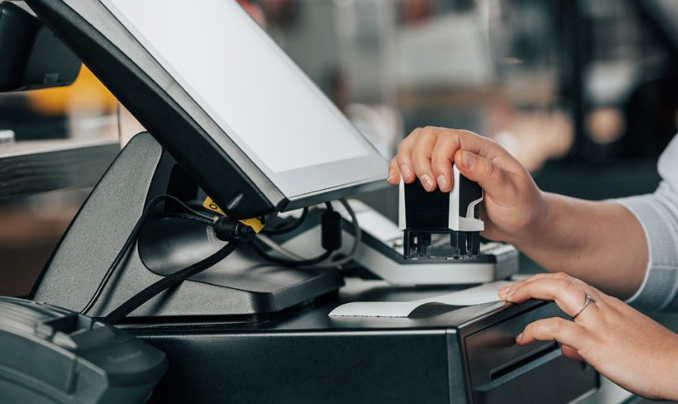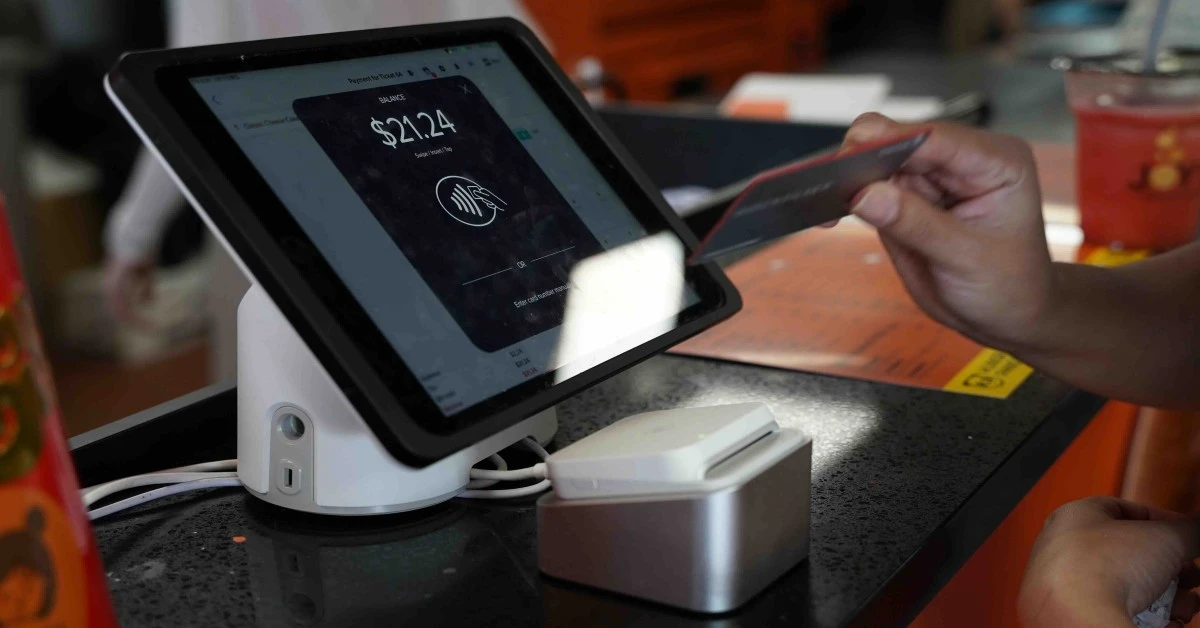Enhancing Guest Experience in Restaurants with POS Systems

In today’s competitive restaurant industry, customer experience is everything. A delicious menu and cozy ambiance can attract customers, but consistent service and efficiency are what keep them coming back. That’s where POS (Point of Sale) systems come into play. Modern POS systems are not just about processing payments—they’ve become the backbone of restaurant operations, transforming how restaurants serve, communicate, and engage with their guests.
From Orders to Experience: The Modern Role of POS
Traditionally, POS systems were simple cash registers that recorded transactions. But in today’s digital era, they have evolved into smart, cloud-based solutions that handle every aspect of restaurant management. From taking orders and managing tables to tracking customer preferences and generating insights, POS systems make restaurant operations seamless and customer-centric.
With just a few taps, servers can place orders directly from the table, ensuring accuracy and reducing wait times. This instant communication between the dining floor and the kitchen minimizes errors, speeds up service, and enhances the overall dining experience. Guests no longer have to wait long for their food or deal with wrong orders — a key factor in boosting satisfaction and loyalty.
Faster, Smoother Service
One of the biggest ways POS systems enhance guest experience is by improving service speed. In a busy restaurant, every second counts. A digital POS system streamlines the entire workflow — from order entry to kitchen preparation and billing. Orders are transmitted instantly to kitchen displays, eliminating the old manual ticket system that often caused delays or confusion.
When the meal is over, guests can easily split bills, pay through multiple methods (cash, card, digital wallets), or even settle contactless payments—all without hassle. This level of efficiency makes dining convenient, especially in peak hours when fast service is crucial.
Personalized Dining Experience
Modern POS systems also enable restaurants to offer personalized experiences, something that customers value highly today. With customer data stored securely, restaurants can track dining habits, favorite dishes, or special occasions.
For example, when a returning customer visits, the POS can notify the staff about their previous orders or dietary preferences. The server might say, “Would you like your usual order of grilled salmon today?” — a small touch that makes guests feel recognized and valued. Additionally, POS-integrated loyalty programs and reward points further enhance customer engagement and retention.
Accurate Orders and Reduced Human Error
Accuracy is key in delivering an excellent dining experience. A single wrong order can disrupt a guest’s experience and impact a restaurant’s reputation. With a POS system, servers enter orders digitally, reducing the risk of miscommunication between the front and back of house.
The system ensures that modifiers, special requests, and dietary restrictions are clearly displayed to kitchen staff. Whether it’s “no onions,” “extra cheese,” or “gluten-free,” every detail is recorded precisely, ensuring that each meal meets guest expectations perfectly.
Seamless Table and Order Management
POS systems also make table management more efficient. Restaurant managers can view real-time updates on which tables are occupied, reserved, or available, allowing for smoother seating arrangements. Servers can easily transfer or merge tables, update orders, and manage group dining without confusion.
This organization prevents overbooking or delays and ensures that every guest receives prompt attention. In fast-paced environments, such as cafés and fine dining venues, such efficiency translates directly into a better guest experience.
Feedback and Continuous Improvement
Many advanced POS systems include feedback tools or can integrate with customer review platforms. After dining, guests can rate their experience or leave suggestions directly through the digital receipt or app. This valuable feedback helps restaurants identify areas for improvement and take immediate action to enhance service quality.
By analyzing POS data—such as peak hours, popular dishes, and repeat customers—restaurants gain insights that help them make informed decisions. Whether it’s optimizing staff schedules or updating menu items, these data-driven improvements lead to happier guests.
Final Thoughts
In today’s hospitality-driven world, technology and guest experience go hand in hand. A modern POS system does more than process transactions—it creates an ecosystem of efficiency, personalization, and connection. By streamlining operations, enabling faster service, and providing insights into customer behavior, POS systems empower restaurants to deliver exceptional dining experiences every time.






